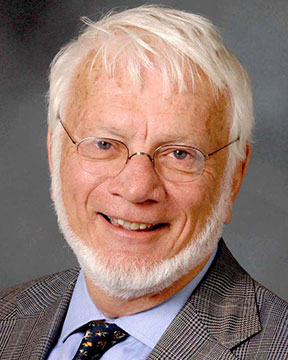



















 |
Markus WildeInstitute of Industrial Science, The University of TokyoControlling Hydrogen Absorption And Release Kinetics Of Palladium Through Surface Structural Modifications Zehetbauer International Symposium on Science of Intelligent and Sustainable Advanced Materials (4th Intl. Symp. on Science of Intelligent and Sustainable Advanced Materials (SISAM)) Back to Plenary Lectures » |
Abstract:The reversible ingress of gas phase H<sub>2</sub> into the interior of hydrogen (H)-absorbing metals is widely utilized in metal hydride storage and H<sub>2</sub> purification. On reactive hydride-forming metals, thin palladium (Pd) surface layers promote barrier-free H<sub>2</sub> dissociation and protection from oxidation. The kinetics of H<sub>2</sub> absorption are of particular interest to industrial Pd-catalyzed olefin hydrogenation (fuel reforming and organic synthesis), for which Pd-dissolved H has been identified as the essential reactive ingredient that drives the H<sub>2</sub> addition to the olefinic C=C double bond [1]. The H<sub>2</sub> transportation mechanism between the gas phase and the metal interior, however, has not been understood very well at the atomic level until recently. It is therefore explained here how we revealed the microscopic H<sub>2</sub> absorption process at structurally well-defined Pd single crystal surfaces through our unique combination of H depth profiling with <sup>15</sup>N nuclear reaction analysis [2] and thermal desorption spectroscopy with isotope-labeled (H, D) surface hydrogen. We thereby demonstrate that the H<sub>2</sub> transfer into the Pd is highly sensitive to the surface atomic structure [3]. Based on this insight into the H<sub>2</sub> absorption mechanism, it is shown how the structure-sensitivity can be exploited by means of deliberate surface structural modifications to control, e.g., the desorption dynamics of Pd-dissolved hydrogen in a wide range of temperatures (160-375 K) [4]. Photoelectron spectroscopy and density functional calculations will further demonstrate that a modification of the surface electronic properties by surface-alloying with gold can even accelerate the H<sub>2</sub> absorption 30-fold compared to pure Pd [5]. |
|